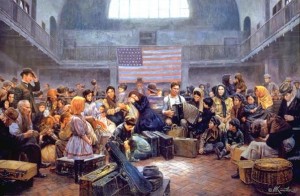
Mort Kunsler 1931, Ellis Island Main Hall. Photo Courtesy: American Gallery – Greatest American Painters
Most of Ellis’ beauty and meaning came to light through Tom Bernardin’s skillful storytelling and vivid detail of the immigration process, which we retraced from the main entrance to the Stairs of Separation, to the Kissing Post.
A historian who has taken thousands of visitors through the same route and considers himself “a bit of a ham” due to his love of public speaking, Bernardin is also the author and publisher of the “The Ellis Island Immigrant Cookbook,” a critically acclaimed collection of original recipes brought to the new world.
He clarified that only steerage passengers, those who traveled below sea level enduring great discomfort (no windows, light, ventilation, poor food and hygiene) and were at greater risk of illness, would be taken to Ellis Island.
First class passengers were met by the doctors of the U.S. Public Health Service directly aboard the steamships and if found in good condition would be allowed to enter America. Their ability to afford expensive cabin class tickets was proof enough to the federal government that they would be unlikely to become a “public charge.”
At its core “Ellis Island was very simple: ‘show us that you’re physically able to work, show us that you want to work’,” said Tom of the type of scrutiny that would be placed on newcomers.
“Did these people become wealthy?” he asked rhetorically, “absolutely not.”
Were America’s streets paved with gold? Definitely not,” then quoted the lament of an Italian immigrant as evidence of it. “‘Not only the streets are not paved with gold, they’re not at all, and they expect us to do the paving!’ But for a very young country it was a perfect marriage.”
Our first stop was the Baggage Room, now the entrance to the main building.
“This would have been the first place they would have seen.” It was also where the first attempts would be made to enhance their chances, with immigrants trying to elude the watchful eye of both uniformed baggage men and medical doctors, who were well aware of many tricks.
“Holding a luggage could help you hide a physical impairment, for example, like a lame leg or missing digits.”
From there, new arrivals would be directed to climb a narrow staircase that went up to the Great Hall. “This is the room that immigrants [would] remember, where they spent five to eight hours being processed,” said Tom.
Guided by a series of partitions that he referred to as “cattle runs,” immigrants would be moved along, holding their children and a few belongings, after performing a “six-second inspection” walk that spanned thirty feet in length, from the top of the stair case to the first medical doctor.
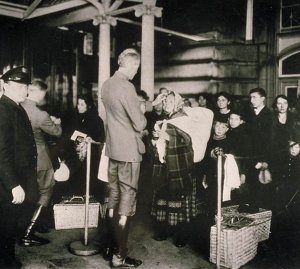
A doctor examines immigrants at Ellis Island, 1904. National Park Service, Statue of Liberty National Monument, public domain
Upon the physician’s approval, the next check would be the scalp for head lice, then skin and limbs, then mental abilities, and continuing on. “The most dreaded doctor was the eye man, looking for a disease called trachoma,” a leading cause of infectious blindness.
Sick immigrants would be separated from their family and placed in appropriate wards. If incurable “and they tried,” emphasized Bernardin, they would be repatriated.
The Maryland couple and I were spellbound, imagining the throngs that flooded the Great Hall and what it must have been to arrive here knowing “in their heart of hearts,” as our guide put it, that “once they said goodbye to their families, they would probably never see them again.”
Of the emotional tone on the island Tom said, “it was a place they had to endure.” For the most part uneducated and unsophisticated people, “it would have been very frightening and intimidating.”
The medical inspection was followed by a legal one where the information collected by the steamship company, known as ship manifest tab, would be verified and the ability to work evaluated.
At this point, if immigrants were lucky enough, they might have had “a young translator who spoke English, Italian,
French, Polish and Yiddish, went to NYU Law School at night and would later become the mayor of New York City: Fiorello LaGuardia.”
It was amazing how much history occurred in just one place. I looked at the others as a shiver went down my spine.
If after the various stages of inspection all was found to be well, the newcomers would descend to the other side of the building via the “Stairs of Separation,” so called because people were parted depending on their final destination, and reunited with family and friends. The latter location is marked by a placard as “The Kissing Post.”
Of all the newcomers, 80 per cent would be in and out the same day and 20 percent detained for legal or medical issues. Two percent of them would be eventually repatriated.
A combination of world’s events, WWI and mounting pressures from the nativist movement, which greatly disliked the mass influx of dark skinned, dark haired immigrants from Eastern and Southern Europe, eventually scored subsequent, important changes in legislation.
In 1924, The Golden Door, “the symbolic view of America’s open-door immigration policy, slammed shut!” concluded Bernardin, who remains convinced of the importance of immigrants’ contribution then and now.
“They are our life support,” he said of all the foreign-born workers in New York City. In his opinion, that was evident when the mayor decided to stop the subway in 2011, when Hurricane Irene was due to make landfall. “You couldn’t find a place to eat in Manhattan because immigrants couldn’t [commute]!”
My experience of Ellis Island has been one of reconciliation. An important place to visit, as I am aware that the Italians who preceded me a century ago forged a path. By the time I arrived in 1990, there was an Italian governor in Albany, Mario Cuomo. Not a bad introduction for an Italian transplant.
But Ellis is also, and maybe most eminently, a family place. The only family I have in this new world are my husband and children, as everyone else is still in Italy.
On this July Fourth, or anytime this week or month, as we share in the birth of the nation that is our new home, why not pay a visit?
“Take grandma and the kids and go out to Ellis Island,” suggested Bernardin. “Spend quality time and let the youngsters learn, but have fun. They will appreciate the deeper meaning in time.”
 Print This Post
Print This Post
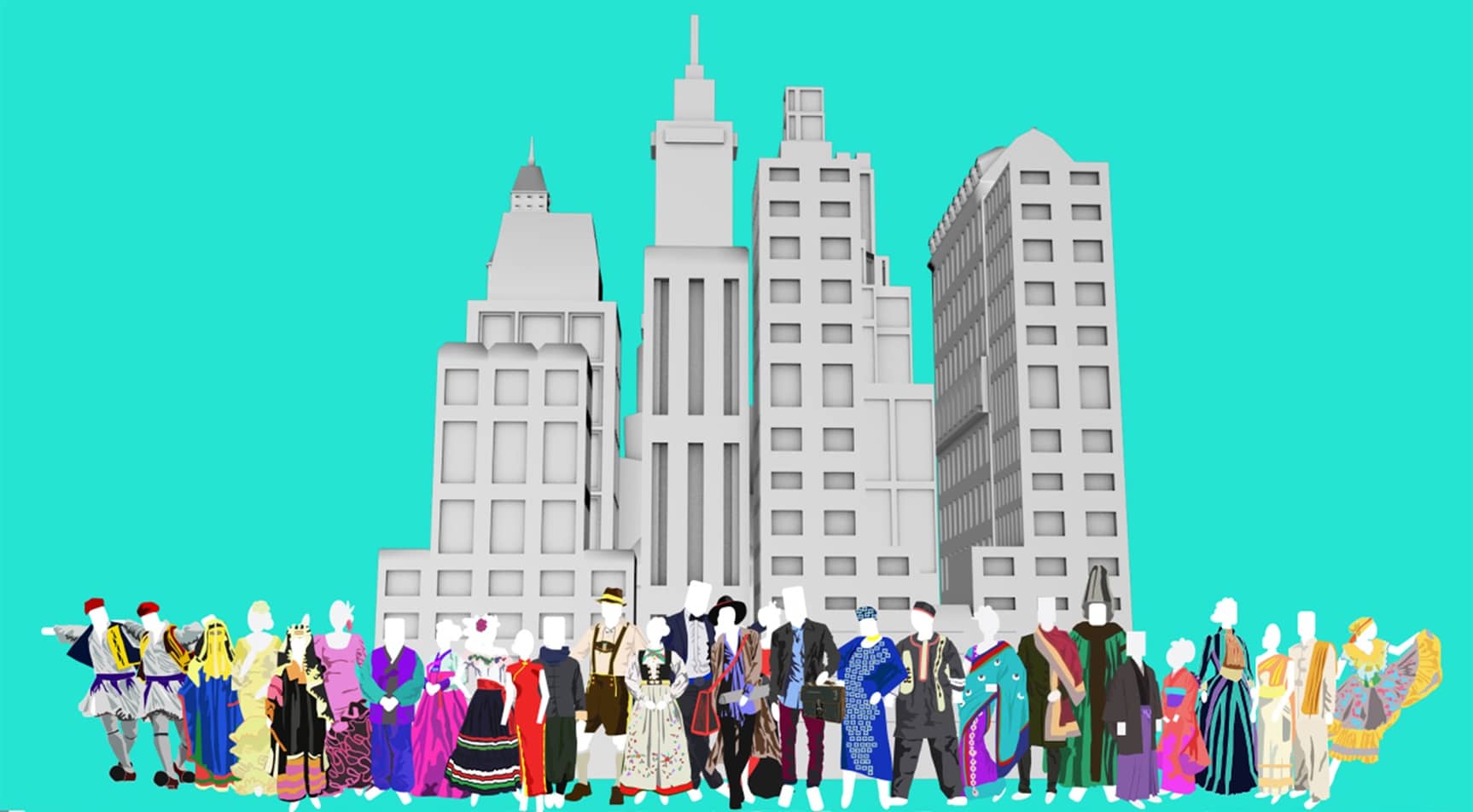
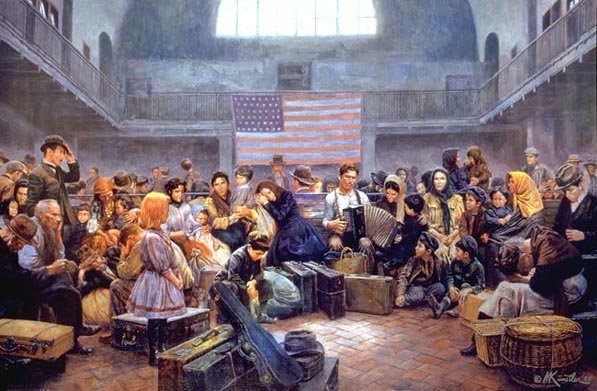
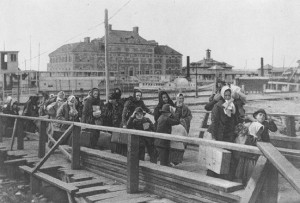
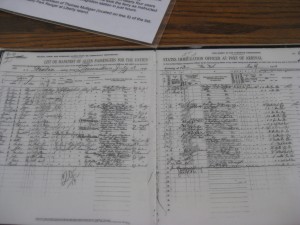

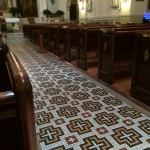
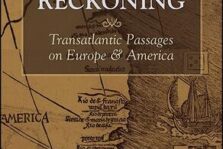


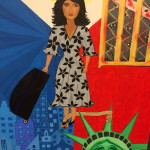


Comments for: Happy 4th of July from Mr. Ellis Island: Tour Highlights with Tom Bernardin (part 2)